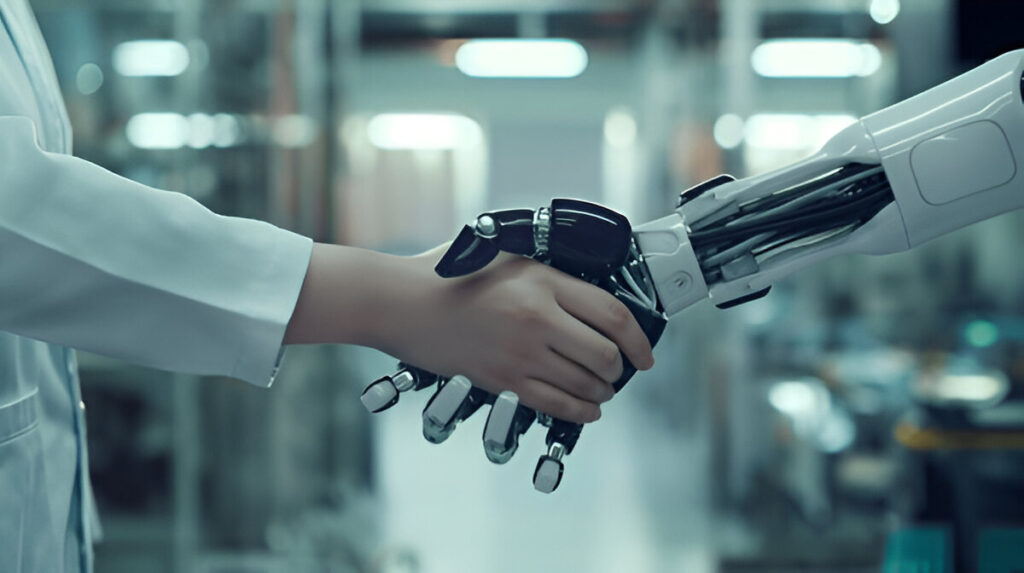On average, women may live longer than men but they spend 25% more of their lives suffering from diseases that are left undiagnosed and untreated.1 Many chronic diseases, including autoimmune diseases, take 5-7 years to be diagnosed and, ironically, 80% of them occur in women.3 These are left misdiagnosed due to social biases and the lack of sex-disaggregated databases. This “women’s health gap” equates to 75 million years of life lost due to poor health or early death each year.1
The Women's Health Gap
Until 1993, women weren’t allowed to participate in clinical trials. Trials were conducted on men and the findings were generalized to women.2 The assumption that women’s bodies mirrored that of men’s had led to years of confusion in diagnosing women.
For example, the diagnostic symptoms of heart attacks, such as chest pain extending to the arm, shortness of breath, and lightheadedness, are typical for men. Women can have chest pain but also back pain, flu-like fatigue, nausea, night sweats, and stomach pain.
Because men’s symptoms are the default, women are 50% more likely to be misdiagnosed following a heart attack and 50% more likely to die within the year after a heart attack than men are.2 Women suffer equally, or more, from all the diseases that men suffer from, but they suffer differently owing to the differences in their bodily makeup.
Women's Health or Reproductive Health

Since time immemorial, women’s health has been limited to conditions that are unique to women, i.e., conditions involving the ovaries, uterus, fallopian tubes, and breasts.
It has been narrowed down to reproductive health, overshadowing all other diseases that women suffer from. Though 1 in 20 women in the U.S. suffer from ADHD and autism, they are underdiagnosed due to the social biases that prevail.
The Under-Funded Women's Health
Though women make up almost half of the population, there are a lot less funds dedicated to women’s health. While women’s participation in clinical trials has increased in the past 30 years, only less than 2% of global healthcare research and development is dedicated to female-specific conditions beyond cancer.3
Research on migraine, anxiety disorders, and many other mental disorders that predominantly occur in women are under-funded by the US National Institute of Health. In contrast, researches on substance addiction and HIV/AIDS are funded more.5
AI – The Bifrost to Women's Health
AI emerged as a catalyst in provoking women towards their healthcare journey. AI assists in improving access to care through virtual health assistants, personalized chatbots, and telemedicine platforms which make healthcare more convenient for women balancing careers, family, and personal wellness. Diagnosing various medical conditions become more convenient with AI-assisted tools in healthcare.
Improvement in access to emergency obstetric care
Google, in collaboration with OnTime Consortium in Nigeria, in 2022, has developed an AI tool that identifies the average travel time to the nearest, second nearest, and third nearest emergency obstetric care facilities for different regions, helping women to receive proper health services in time.4
AI Technology for Ultrasounds

Maternal (prenatal) ultrasound is essential to monitor the health of the mother as well as the fetus during pregnancy. With AI technology trained in assessing ultrasounds, healthcare providers who are not trained in sonography can perform and interpret ultrasounds with ease.
Ultrasound is used as adjunct imaging in diagnosing breast cancer as mammograms are not cost-efficient. AI models that are capable of screening breast cancer through ultrasound imaging can help in early diagnosis, thus improving women’s health.4
Enhancing diagnostic accuracy
AI tools are advancing the detection and management of conditions like ADHD and autism in women, which are often underdiagnosed due to gender biases in traditional diagnostic criteria.
Personalized treatment plans through Machine learning
AI can analyze the hormonal fluctuations that occur during the menstrual cycles of a woman and provide suggestions tailored to their individuality. Through machine learning, these systems can identify subtle patterns that are unique to women and offer earlier interventions and better support.
AI’s Achilles Heel In Women’s Health
AI is only as good as the data used to train it. With limited data available on women’s health conditions, the use of AI becomes limited. A system test using an AI platform at Babylon Health, a UK-based digital service provider, misdiagnosed a woman with symptoms of heart attack as having an anxiety attack, whereas the men experiencing the same symptoms were recommended for urgent care.6 This drawback of AI emphasizes the need for more accurate sex-disaggregated data without biases.
References
- https://www.weforum.org/stories/2024/01/women-health-davos-2024/
- Epker E. Artificial intelligence in women’s health: the pros, the cons, and the guardrails needed to improve care [Internet]. Forbes. 2023.
- Fetty N. Women’s Health 2.0: the Artificial Intelligence Era – NYAS [Internet]. NYAS – the New York Academy of Sciences. 2025.
- Morad RL. How AI is helping advance women’s health around the world. Google [Internet]. 2024 Mar 8
- Women’s health research lacks funding – these charts show how.
- Adegoke Y. ‘Calm down dear, it’s only an aneurysm’ – why doctors need to take women’s pain seriously. The Guardian [Internet]. 2020 Nov 2



